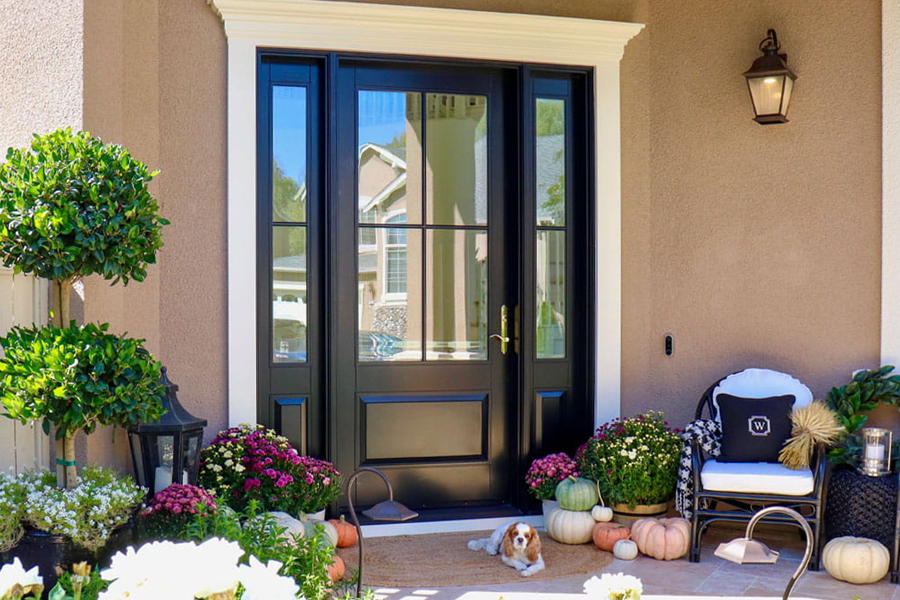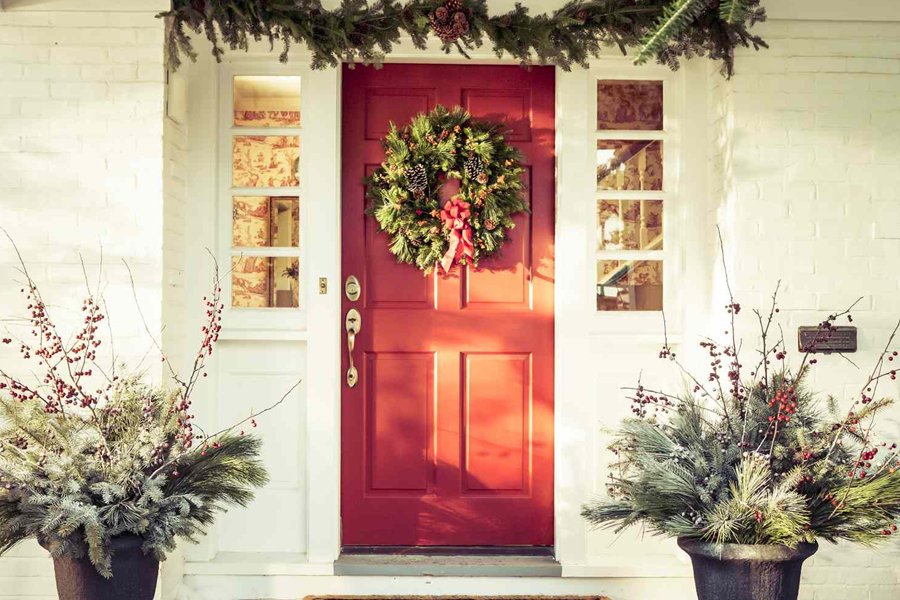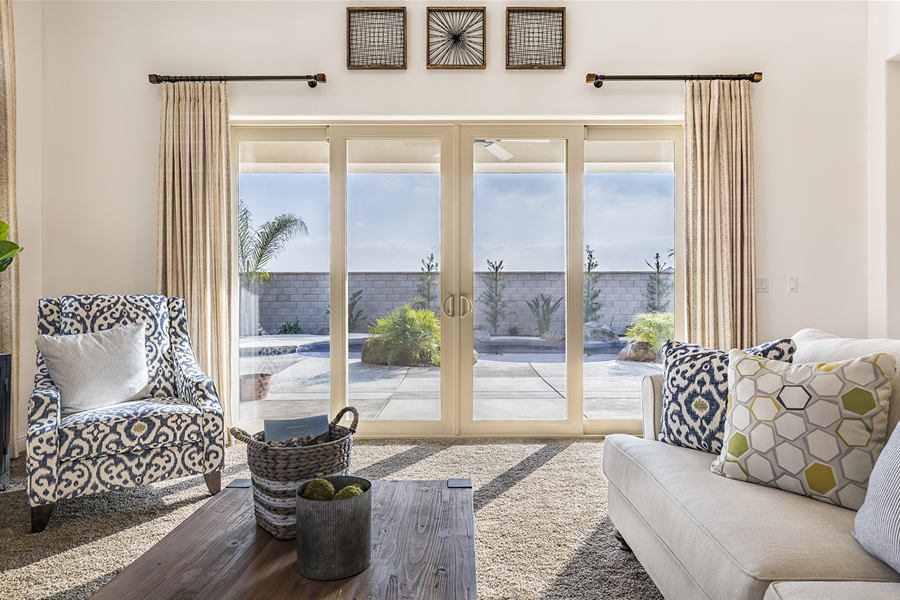Chinese traditional ancient architecture contains exquisite art. It is the crystallization of the wisdom of ancient ancestors. The various door decorations add cultural connotations to the buildings. Since ancient times, Chinese traditional architecture has paid attention to the modification of culture, and customs and folk customs have gone from the surface to the inside. Now, let me inform you with some information about the door decoration.
1. The category of decoration.
The door decoration categories of ancient Chinese buildings are rich and complete. In the past, China was strictly hierarchical and focused on appearances, so door decorations were endowed with the connotation of Chinese traditional culture. The poor god is the god guarding the door of Taoism and common folk belief.

In the old days, people stuck his statue on the door to ward off evil spirits, avoid ghosts, report peace, and assist in attacks. The lintel is the rung at the upper end of the door frame and the upper part of the door frame. The door plaques are generally carved with many styles of door trim frames, and some do not have carved patterns, giving a sense of simplicity and generosity.
2. The pattern of door decoration
Woodcarving craftsmen often use knives as pens and wood as paper. They can express their feelings about mountains and rivers or birds, trees, and insects through doors and windows. Considering the function of doors and windows, we should pay attention to both practicality and aesthetics, so there are many kinds of carved flowers on the doors and windows, most of which are auspicious patterns or pictures with scenes.
Wood carvings in classical architectural art have a wide range of contents, including landscapes, characters, flowers, auspicious patterns, myths and legends, historical allusions, opera stories, music, chess, calligraphy and painting, and supernatural auspicious animals.
3. The function of door decoration
The door knocker is a kind of practical door decoration. After it has completed the practical function, namely knocking and pulling the door, it has been endowed with other functions, namely decorative function, and exorcism function. The lintel, that is, the crossbar at the upper end of the door frame, can support the portal and the plaque.
Conclusion:
Since ancient times, architecture has not only played a practical role in shelter from wind and rain but also reflected the culture of various times. As the most important part of buildings, door decorations have always been regarded as a symbol of cultural taste, wealth, and status.



